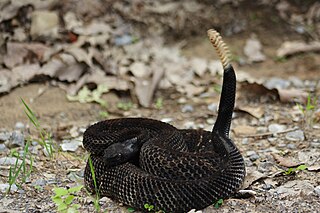Swollen, inflamed eyes are commonly seen in a wide variety of captive turtles. Strangely, the hardy Red Eared Slider seems especially prone to this annoying and potentially life-threatening condition (as we’ll see, popular feeding practices may partially explain this). From childhood through my career as a herpetologist, standard wisdom has blamed the condition on a Vitamin A deficiency. Today we also know that poor water quality is responsible for many, if not most, of the eye problems seen in Sliders, Cooters, Painted Turtles and similar species. In this article we will look at the symptoms, causes, prevention and treatment of various turtle eye maladies.
 Symptoms
Symptoms
Most eye problems first manifest as a slight but noticeable puffiness of the eyelids. Vitamin A deficiencies and fungal/bacterial infections can cause tissue within and around the eyes to degrade. As a result, epithelial cell “debris” collects along the eye rims and under the lids. Pressure and irritation causes the lids and tear ducts to swell. Read More »
 That Reptile Blog – Reptile, Amphibian and Exotic Pet Care and Information
That Reptile Blog – Reptile, Amphibian and Exotic Pet Care and Information



